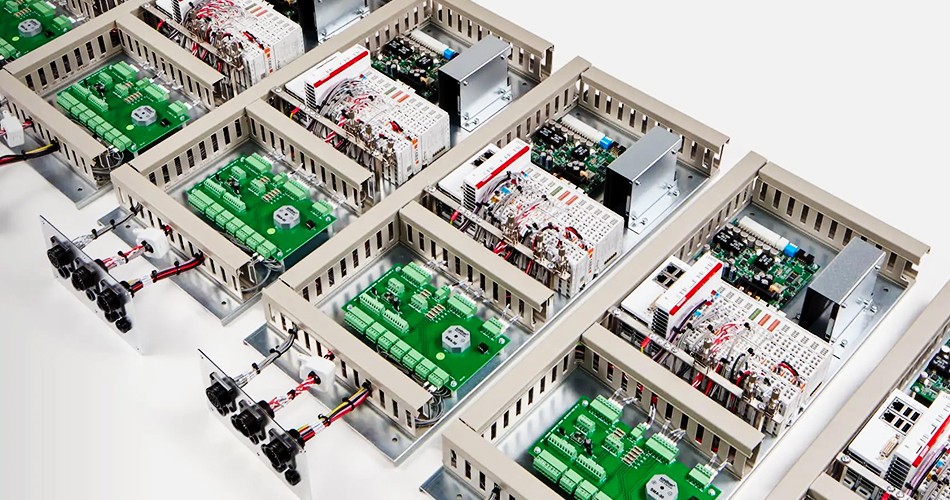- English
- Español
- Português
- русский
- Français
- 日本語
- Deutsch
- tiếng Việt
- Italiano
- Nederlands
- ภาษาไทย
- Polski
- 한국어
- Svenska
- magyar
- Malay
- বাংলা ভাষার
- Dansk
- Suomi
- हिन्दी
- Pilipino
- Türkçe
- Gaeilge
- العربية
- Indonesia
- Norsk
- تمل
- český
- ελληνικά
- український
- Javanese
- فارسی
- தமிழ்
- తెలుగు
- नेपाली
- Burmese
- български
- ລາວ
- Latine
- Қазақша
- Euskal
- Azərbaycan
- Slovenský jazyk
- Македонски
- Lietuvos
- Eesti Keel
- Română
- Slovenski
- मराठी
- Srpski језик
How to solve inventory management problems in PCBA processing
2025-04-29
In the process of PCBA (Printed Circuit Board Assembly), inventory management is a crucial link. Effective inventory management can not only ensure the continuity of production, but also reduce inventory costs and improve overall operational efficiency. This article will explore how to solve inventory management problems in PCBA processing and provide some practical strategies and methods to help companies achieve more efficient inventory control.

I. Common problems in inventory management
1. Inventory backlog: Due to inaccurate forecasts or order fluctuations, companies may face inventory backlogs of raw materials or finished products. This not only takes up storage space, but also may lead to waste of expired or obsolete materials.
2. Insufficient inventory: On the contrary, insufficient inventory will cause production line shutdowns, affecting delivery time and customer satisfaction. Especially when demand increases suddenly, the problem of insufficient inventory is particularly prominent.
3. Inaccurate inventory management information: Inaccurate inventory information may cause mismatches between procurement plans and production plans, affecting the efficiency of the overall supply chain.
4. Low inventory turnover: Low inventory turnover means slow inventory flow, which may be caused by unreasonable purchasing plans or production plans.
II. Strategies for optimizing inventory management
1. Accurately predict demand
Historical data analysis: Use historical sales data and market trends to predict future demand. By analyzing past sales records and market changes, more accurate purchasing plans can be made.
Real-time data monitoring: Use real-time data monitoring systems to track changes in market demand. Real-time data can help companies quickly adjust inventory strategies to avoid inventory backlogs or shortages.
Demand planning software: Introduce advanced demand planning software, use algorithms and data analysis tools for demand forecasting and inventory planning, and improve the accuracy of forecasts.
2. Implement lean inventory management
JIT (Just-In-Time) strategy: Implement JIT inventory management strategy to reduce inventory holding time, ensure that raw materials and components can be supplied on demand and in a timely manner by coordinating with suppliers, and reduce inventory costs.
Inventory classification management: Divide inventory into different categories, such as A, B, and C materials, and formulate different management strategies based on the demand and importance of each type of material. For example, Class A materials are in high demand and are of high importance, so sufficient inventory should be prioritized; Class C materials can appropriately reduce inventory.
3. Optimize supply chain management
Supplier management: Establish a good cooperative relationship with suppliers and optimize supply chain processes. Regularly evaluate suppliers' delivery capabilities and quality to ensure the stability and reliability of the supply chain.
Safety stock setting: Set a reasonable level of safety stock to cope with supply chain fluctuations and demand changes. Safety stock can serve as a buffer to prevent insufficient inventory due to supply problems or surges in demand.
4. Improve the accuracy of inventory information
Barcode or RFID technology: Using barcode or RFID technology for inventory management can track the flow of inventory in real time and improve the accuracy and transparency of inventory information.
Inventory management system: Introduce advanced inventory management systems to automatically record and update inventory data, reduce manual entry errors, and improve the accuracy of inventory data.
5. Regular inventory audits
Periodic inventory counting: Regularly conduct inventory counting to check the consistency of actual inventory with system records. Periodic inventory counting can help discover and correct problems in inventory management and ensure the accuracy of inventory information.
Difference analysis: Analyze the inventory differences found during the inventory process, find out the reasons for the differences, and take corresponding corrective measures to avoid similar problems from happening again.
Conclusion
In PCBA processing, the optimization of inventory management is of great significance to improving production efficiency, reducing costs and improving customer satisfaction. By accurately predicting demand, implementing lean inventory management, optimizing supply chain management, improving the accuracy of inventory information, and conducting regular inventory audits, companies can effectively solve common problems in inventory management and achieve more efficient inventory control. Looking to the future, companies should continue to pay attention to the best practices of inventory management and continuously optimize inventory management strategies to adapt to market changes and improve competitiveness.
-
Delivery Service






-
Payment Options









